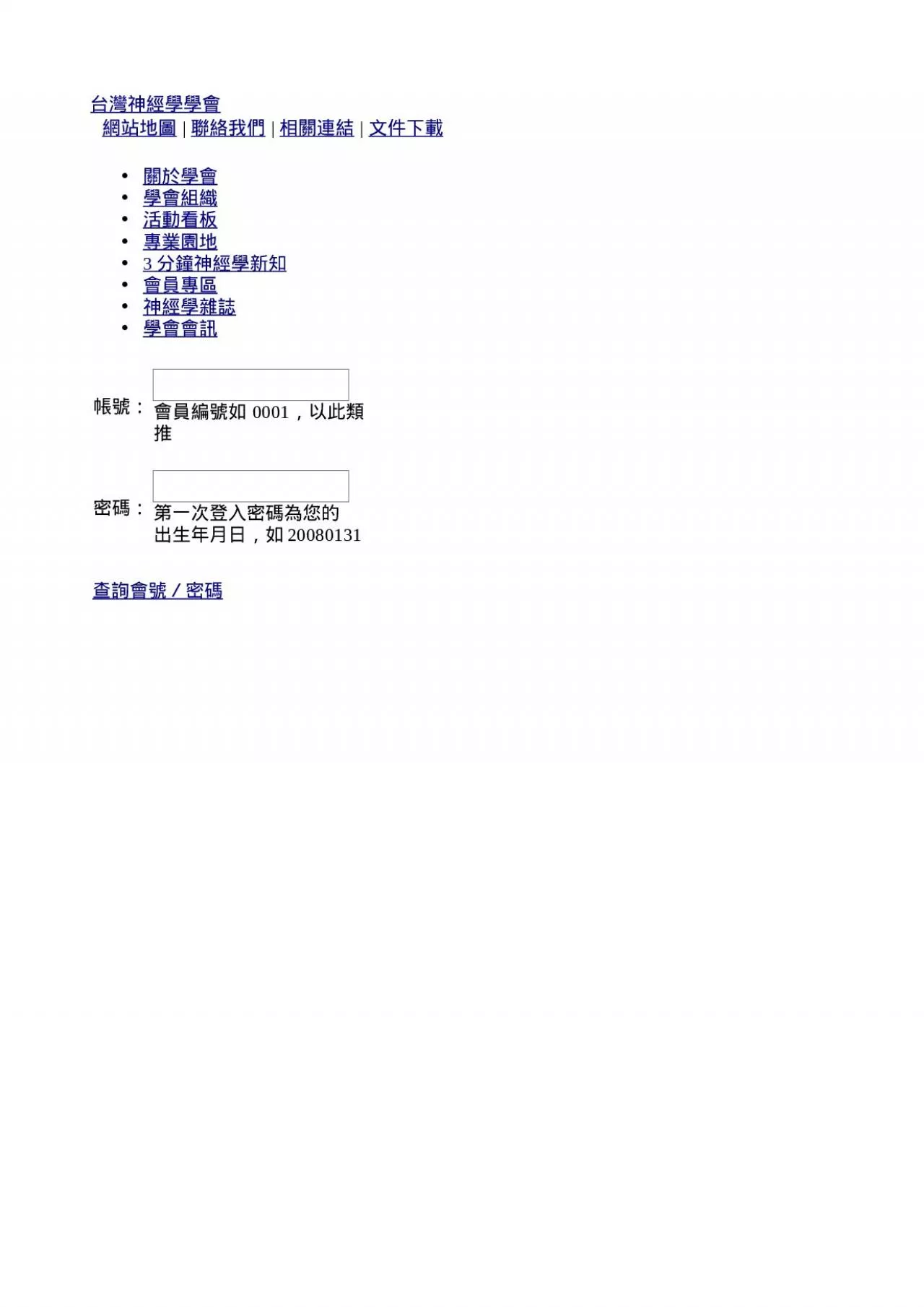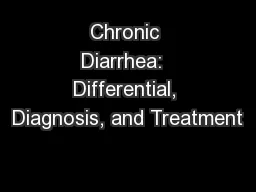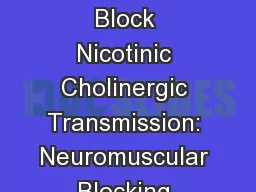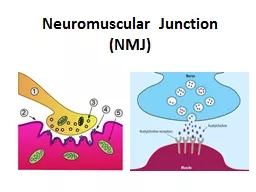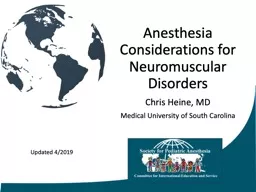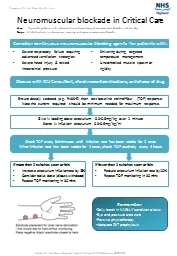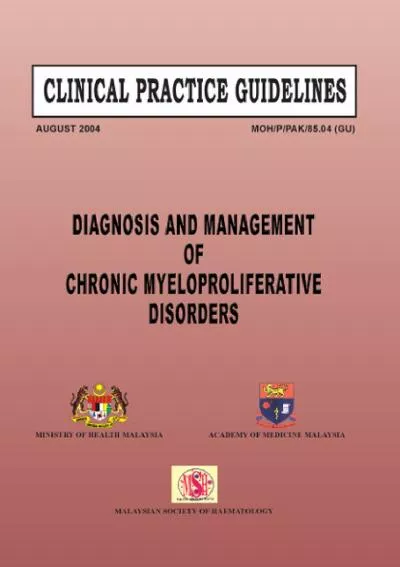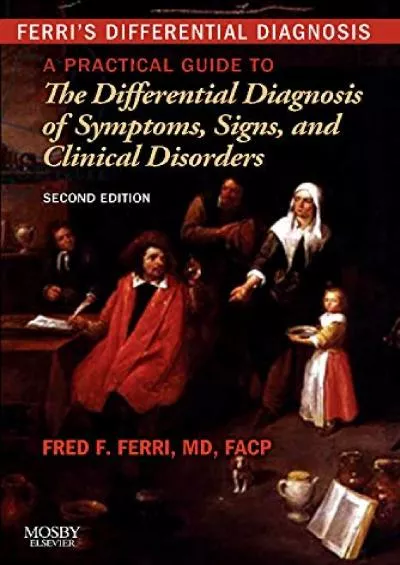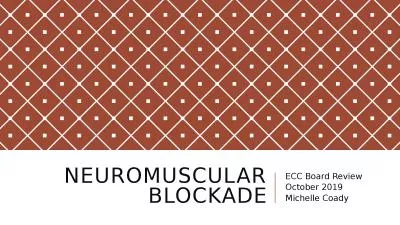PPT-Differential diagnosis and treatment strategy of neuromuscular disorders
Author : iris | Published Date : 2024-02-02
2017 住院醫師教育課程 中醫大附醫 郭育呈 20170820 Outline Classification and clinical manifestations of dysimmune neuropathies D iagnosis of dysimmune
Presentation Embed Code
Download Presentation
Download Presentation The PPT/PDF document "Differential diagnosis and treatment str..." is the property of its rightful owner. Permission is granted to download and print the materials on this website for personal, non-commercial use only, and to display it on your personal computer provided you do not modify the materials and that you retain all copyright notices contained in the materials. By downloading content from our website, you accept the terms of this agreement.
Differential diagnosis and treatment strategy of neuromuscular disorders: Transcript
Download Rules Of Document
"Differential diagnosis and treatment strategy of neuromuscular disorders"The content belongs to its owner. You may download and print it for personal use, without modification, and keep all copyright notices. By downloading, you agree to these terms.
Related Documents

